In industrial automation systems, both signal cables and control cables carry information between the control system and field devices but have different purposes and characteristics.
Signal Cables
Signal cables are used to carry low-level electronic signals between devices or within a device. These can include data signals, such as Ethernet or Fieldbus communication, or they can be low-voltage analog or digital signals, like 4-20mA current loops, or 0-10V signals. The main function of these cables is to relay information, not to deliver power or actuate machinery.
Signal cables typically have several characteristics designed to maintain the integrity of the signals they carry, including:
- Shielding: To protect against electromagnetic interference (EMI) which could degrade the signal.
- Twisted pairs: To reduce the influence of external interference and to minimize cross-talk between signals in different pairs in the same cable.
- Lower current carrying capacity: These cables are designed for signal transmission rather than power delivery.
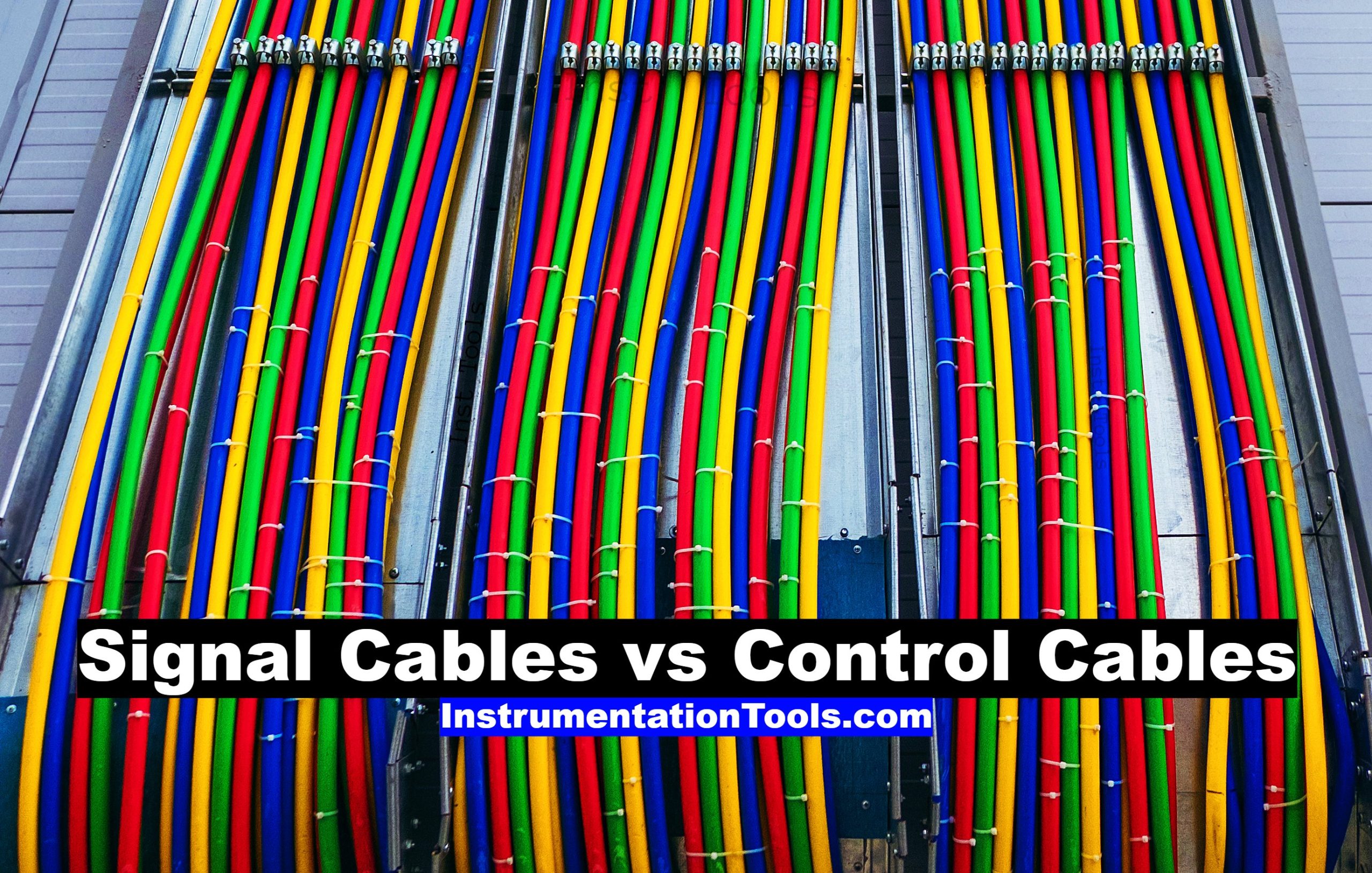
Control Cables
Control cables are used in industrial automation to connect control devices like PLC (Programmable Logic Controllers) to the components they control, such as motors, valves, actuators, etc. These cables can carry higher currents and voltages, as they are often used to deliver the power that actuates a device or machine.
Control cables usually have these features:
- Higher current carrying capacity: These cables are designed to carry the current needed to control machinery or devices.
- Can be shielded or unshielded: Depending on the environment and the specific requirements of the application, control cables may also be shielded to protect against EMI.
- Might have multiple conductors: Control cables often have multiple conductors to allow for multiple control or power connections to be made with a single cable.
The main difference between signal and control cables lies in their purpose: signal cables are used for data or signal transmission while control cables are used to connect control devices to the machinery they control, typically delivering the power to actuate those machines.
Difference between Signal Cables and Control Cables
In the below table, we discussed the comparison between signal and control cables.
| Details | Signal Cables | Control Cables |
|---|---|---|
| Purpose | Transmit low-level electronic signals or data. | Connect control devices to machines they control. |
| Type of Connection | Connect devices for data or signal transmission. | Connect devices for control or power delivery. |
| Current Carrying Capacity | Lower, since they are for signal transmission. | Higher, since they are used to power or control devices. |
| Shielding | Typically shielded to protect against EMI. | Can be either shielded or unshielded. |
| Conductor Configuration | Often uses twisted pairs to reduce interference. | May have multiple conductors for multiple connections. |
If you liked this article, then please subscribe to our YouTube Channel for Electrical, Electronics, Instrumentation, PLC, and SCADA video tutorials.
You can also follow us on Facebook and Twitter to receive daily updates.
Read Next:
- Single Core and Multi-Core Cables
- Difference Between HV and LV Cables
- Types of Cables in Industrial Automation
- Instrumentation Cables Testing Steps
- Flame Resistant and Retardant Cables
- Materials in Instrumentation Cables
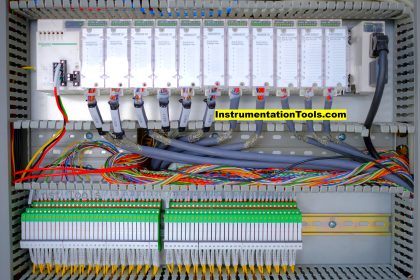
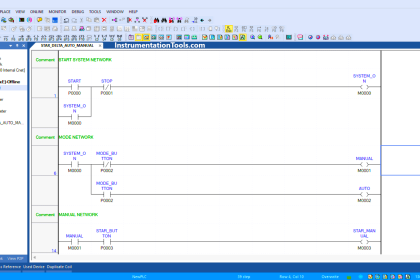

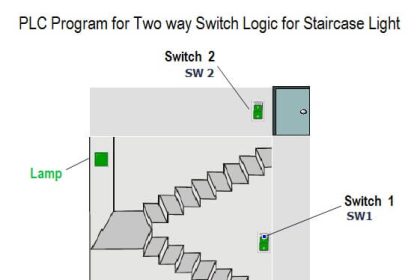
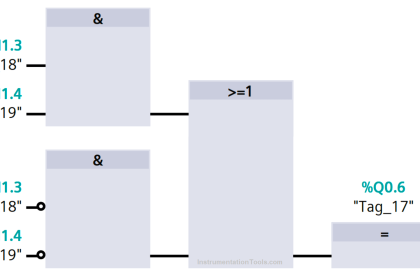
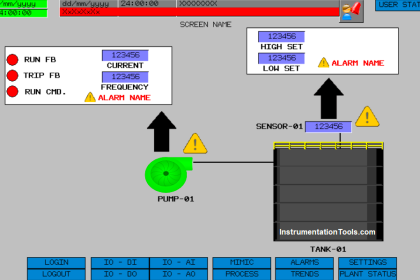
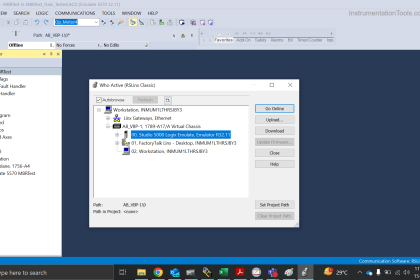
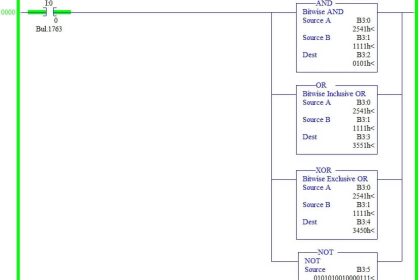
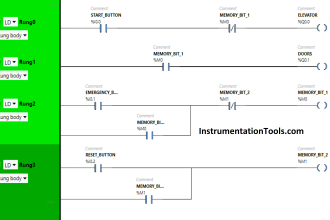
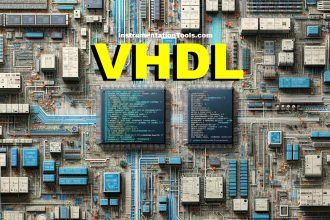
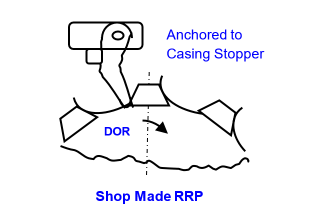
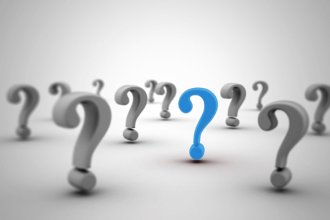
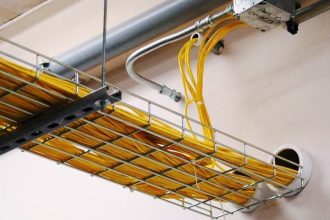

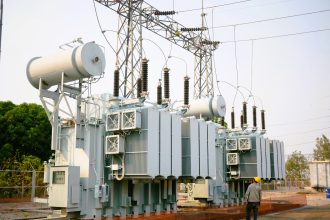
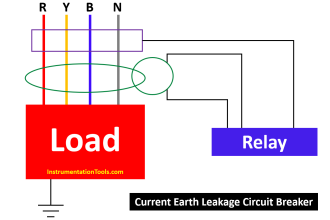

Hi,
I believe there is a mistake in the terminologies used and the explanations provided. Control i.e. Process Control Cables are used to communicate signals – be they analog or digital or Modbus or F.O. from DCS or PLC or even an LCP to or from instruments, analyzers, Indicators, Recorders etc.
Electrical cables (usually LV) on the other hand deliver power from the source, which can be an MCC or PDB to motors, pumps, valves etc. Instruments are usually loop-powered, eliminating the need for a separate power supply transferred through a separate set of cables.
I believe an article on Digital vs Analog control cables will be useful, as this platform is mainly focused on the Instrumentation side of things.
Thanks.